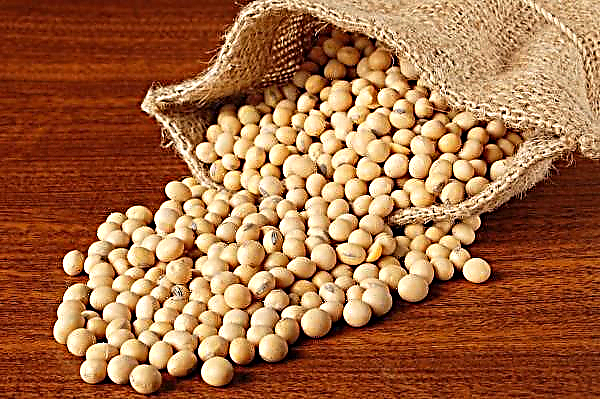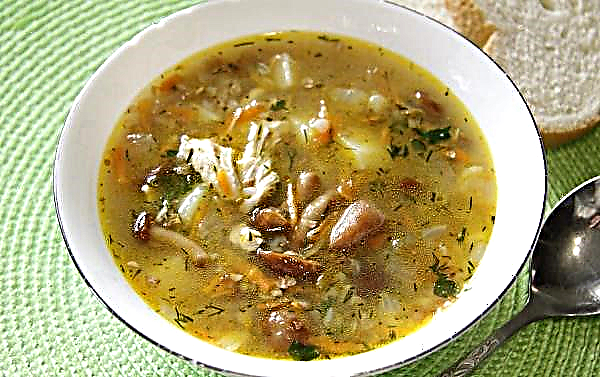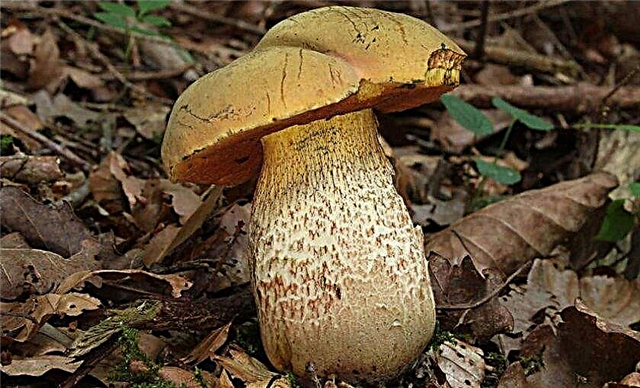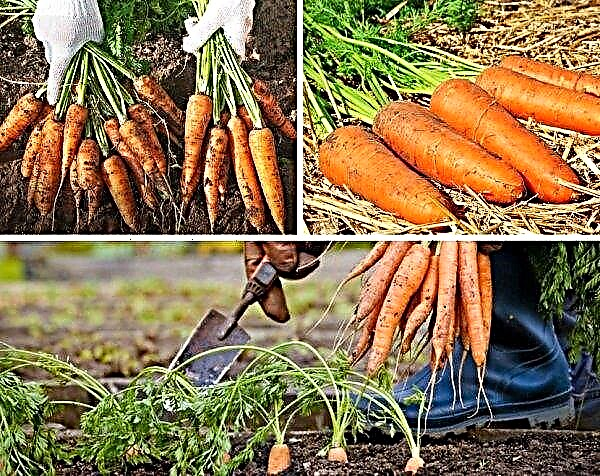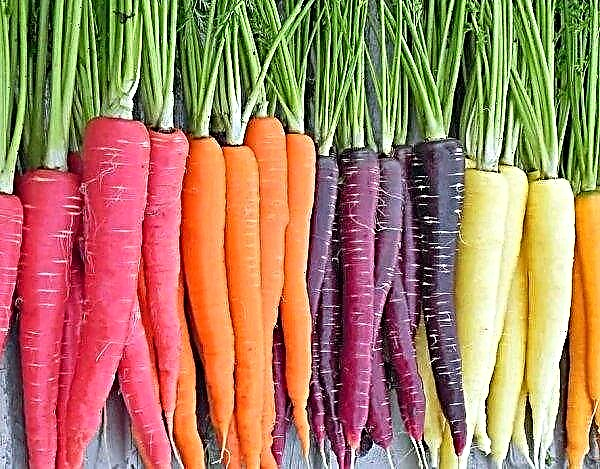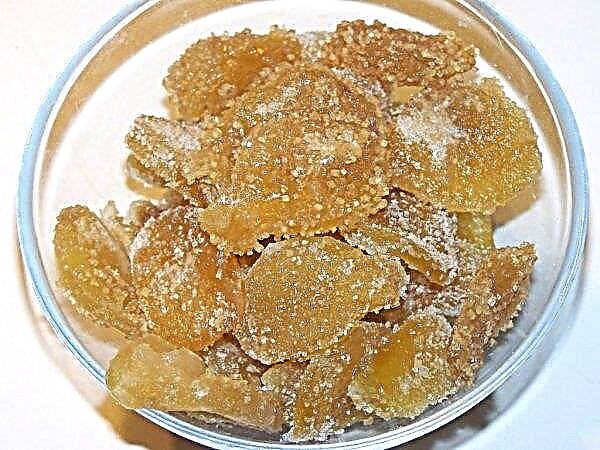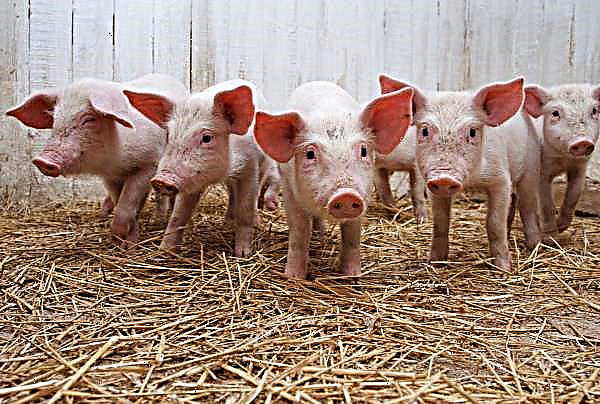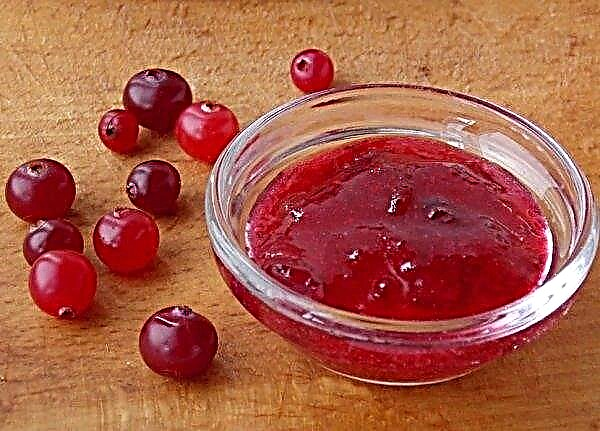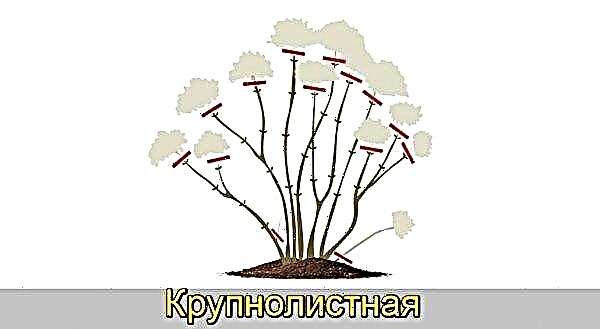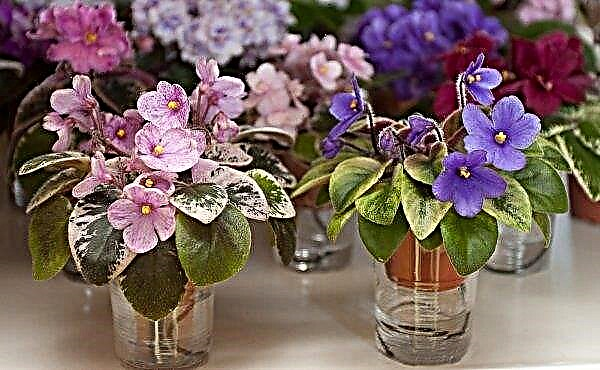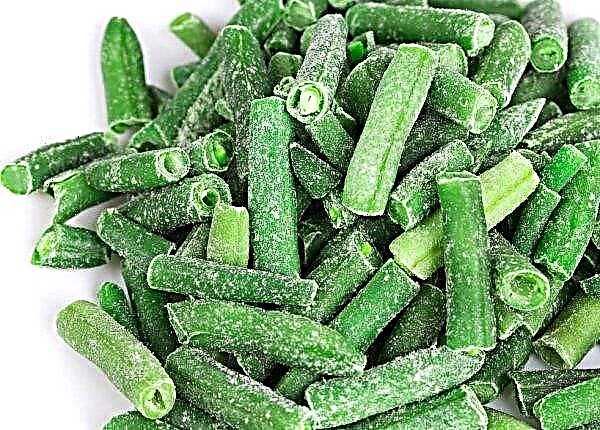Almost all gardeners grow tomatoes on a personal plot. Varieties for planting are selected by experiment or through positive feedback. Tomato Volgograd precocious 323 has collected a huge number of responses. Let's get acquainted with this variety in more detail.
Grade description
Volgograd breeders bred the tomato variety of the same name with the marking 323 in the early seventies of the last century. Since that time, thanks to its excellent characteristics, it has gained well-deserved popularity, which has not decreased over the years.
This precocious variety is characterized by the following:
- fruits ripen 95-105 days after planting seeds in the ground;
- small size of the bush. A plant in height can rarely grow more than half a meter;
- the bush has a thick and strong stem with a large number of side branches and leaves;
- is a determinant plant, that is, one whose top does not need to be trimmed;
- the root system of the bush is powerful, branches in breadth, and not down;
- leaves of light green color, smooth structure;
- the first inflorescence is formed above the sixth leaf, after - through the leaf;
- six to seven fruits in the brush;
- fruits of regular round shape, all about the same size;
- an average of seven tomatoes ripen in the brush;
- the average weight of a tomato is about 80 g;
- productivity per square meter reaches 7 kg;
- in a tomato, five to seven seed chambers with a large amount of content;
- ripe red tomato, rarely with an orange tint;
- the fruit contains about 6% solids and 3% sugar;
- the taste of tomato is sweet with sourness;
- the peel is not thick, but dense, which ensures good preservation of the fetus.

Advantages and disadvantages
- The Volgograd variety has a lot of advantages, namely:
- precocity
- the bush is compact, so you can place them enough in a small area;
- due to stunting in combination with a strong trunk, the need to tie a plant disappears;
- the plant is unpretentious to the soil;
- no stepson required;
- high productivity;
- good transportation qualities;
- excellent keeping quality - a fresh vegetable is stored for a month and a half;
- the fruit tastes good and smells;
- universality - can be used for all workpieces and consumed fresh;
- culture resistance to various diseases.
- Experienced growers say it is difficult to find flaws in a variety. They note only:
- does not tolerate heat;
- sometimes there are few ovaries in the brush.
Self-growing seedlings
To get a good harvest, it is recommended to plant vegetable seedlings in the soil or greenhouse, not seeds. By this moment, it should grow enough and get stronger. To achieve this, it is necessary to plant the seed at a certain time, in properly prepared soil, having previously treated it from diseases. There are a number of recommendations on how to do this correctly.
Optimum timing for sowing
To calculate the optimal time for planting seeds, you should focus on the weather conditions in the region. The grown seedlings are planted in the ground two months after sowing. On average, it is from late April to mid-May.
Having taken two months from this time, it can be calculated that the seeds must be planted no later than the end of February in a two-, three-week period.
The soil
Good seedling growth directly depends on the composition of the soil. It should have more sand, less humus. Experienced gardeners recommend making it yourself. It is necessary to take one part of the garden soil, the same amount of humus and compost, half of the sand, two parts of the peat mixture.
After shifting the ingredients and a wonderful mixture for tomato seedlings is ready. You can also buy ready-made soil at a specialty store.
Before planting, any soil should be decontaminated to be safe from the presence of harmful bacteria and microorganisms.
There are several ways to do this:
- place the mixture in an oven heated to a temperature of 200 ° C for 10-15 minutes;
- place the mixture in the microwave and warm there for five minutes at a power of 85 W;
- 20 ml of 3% hydrogen peroxide per liter of water;
- place the soil in a pot with a drainage hole and carefully pour boiling water;
- place the soil in a pot and spill with a solution of hydrogen peroxide or potassium permanganate. The first is prepared at the rate of 20 ml of a 35% solution per liter of water.

Capacity for growing
Tomato seeds are planted in a wide variety of containers. It can be thin plastic containers, special boxes, plastic cassettes with compartments for each plant, individual cups, both plastic and peat, peat tablets.
You can choose any capacity, previously considering the following:
- when transplanting, injury to seedling roots must be avoided as much as possible. A separate container for this is best suited;
- peat pots, tablets in size should be commensurate with the future plant;
- need boxes for seedlings with a shallow depth;
- you need to choose a container so that excess moisture does not accumulate in it.
Seed preparation
Planting material must be properly prepared before planting. First you need to select the seeds that sprout. To do this, place them in containers with water. Those seeds that emerge cannot be planted. With high probability they will not rise.
The remaining seeds should be decontaminated from possible pathogenic bacteria and stimulate their growth.
For this, you can use specialized tools, or you can use the henchmen. For the second method, a solution of hydrogen peroxide is perfect. A tablespoon of a 3% solution is diluted in half a liter of water and put the seed there for twelve hours. The solution will not only kill harmful bacteria, increase the immunity of plants, but also serve as a stimulator of their growth. For seed dressing, you can also set aside for some time in a solution of potassium permanganate or calcine in the oven.
The solution will not only kill harmful bacteria, increase the immunity of plants, but also serve as a stimulator of their growth. For seed dressing, you can also set aside for some time in a solution of potassium permanganate or calcine in the oven.
Did you know? Tomato was considered poisonous until 1822. It was then that Robert Gibbon Johnson ate a bucket of these vegetables to prove otherwise.
Sowing seeds
The depth to which the seeds should be lowered should be approximately 1 cm. If it is greater, then there is a possibility of their decay. If the seed is planted in boxes, then the distance between the seeds in either direction is 4-5 centimeters.
Usually grooves of a specified depth are made at a distance of 4 cm from each other. They drop seeds at a similar distance from each other. With this sowing, the root system of seedlings will not be damaged during planting in the ground.
Seedling Care
A container with planted seeds needs to be put in a warm place and well watered. Soil moisture should be between 80 and 90%, and the optimum temperature should be between 25 and 30 degrees. To create such a microclimate, you can cover the container with film and put it near the battery. Seedlings should be expected in three to five days.
After they need to be moved to a well-lit place. A windowsill would be the best option. A temperature of 20-25 degrees will be enough for a good growth of seedlings. It is necessary to maintain soil moisture, while avoiding overflow. From excess moisture, mold can form, and this is harmful to plants. Spray well onto the ground with a spray gun. After half a month after planting, you can add top dressing to water for irrigation. Then you can use it once every two weeks.
Spray well onto the ground with a spray gun. After half a month after planting, you can add top dressing to water for irrigation. Then you can use it once every two weeks.
Important! Seedlings are placed so that they are not in a draft. From it, young plants can die.
Seedling hardening
Before planting in the ground, you must let the seedlings get used to lower temperatures, its differences. For this, it is tempered. The sooner hardening begins, the greater the immunity of the plants. You can start even in mid-March, when the air temperature in the street during the day will be above +15 degrees.
The first time you can take the sprouts out into the open air for a couple of minutes, and then gradually increase the time. You can open the window. Ideally, the seedlings should be in the open air all the time at the beginning of the planting.
Planting seedlings in a permanent place
If all favorable conditions are created for seedlings, then two months after planting the seeds, it can be planted in a greenhouse or on open ground. As a rule, this is done in late April - early May. At this time, the soil is already warm enough, and there are no frosts on it.
The air temperature is also favorable, which during the day keeps at +15 degrees and above.
Did you know? Tomatoes can cheer you up just like chocolate. This is due to the fact that they contain a large amount of the “hormone of happiness” serotonin.
Before planting the soil needs to be prepared. The beds need to be dug up and loosened. Seedlings are planted to a depth of 5 cm, the distance between the bushes should be 30–40 cm. After planting, the soil should be well watered with water at room temperature.
Outdoor Care
From the moment of planting in the ground until the harvest, the bushes of the Volgograd tomato variety must be properly looked after. In this regard, the variety is unpretentious, so special skills are not required. It is only necessary to provide the plant with the necessary amount of moisture, fertilizing, care for the soil.
Watering
Water the tomatoes as necessary, namely when the soil begins to dry out. Most of all, these plants like drip or underground watering. You can water them from a hose or other containers.
Watering is not necessary often, but very plentifully. If there is no rain, then this is done up to two times a week. If it rains, you can do less often, monitoring the state of the soil. Frequent watering is fraught with an excess of moisture in the soil, which can lead to decay of plants and loss of yield.
Watering should not be cold water in the evening. Before watering, the soil needs to be loosened.
Important! Water the tomatoes under the root, avoiding the ingress of water on the leaves. This can lead to illness.
Top dressing
For fertilizing tomatoes, you can use both industrial and natural fertilizers. Of the latter, manure diluted in water and bird droppings are used. Industrial fertilizers should be selected so that they have enough phosphorus and potassium, but little nitrogen. You can cook them yourself. For this, 50 grams of superphosphate, 40 grams of potassium chloride and 15 grams of ammonium nitrate are diluted in ten liters of water. The mixture is applied instead of watering. Tomatoes are recommended to fertilize three times a season. The first time this needs to be done a couple of weeks after transplanting seedlings into the ground.
You can cook them yourself. For this, 50 grams of superphosphate, 40 grams of potassium chloride and 15 grams of ammonium nitrate are diluted in ten liters of water. The mixture is applied instead of watering. Tomatoes are recommended to fertilize three times a season. The first time this needs to be done a couple of weeks after transplanting seedlings into the ground.
Stepson
Bushes of tomato varieties Volgogradsky 323 are low and do not require pinching. If desired, of course, you can carry out this procedure. In this case, it is done to harvest earlier or to reduce it. If you decide to do this, you need to remove the stepsons before they reach a length of 5 cm.
Soil care
You need to take care of the soil regularly:
- Get rid of weeds in time. They take moisture from the soil and inhibit the growth of the crop, so this must be done as often as possible.
- After each watering, the soil needs to be loosened. After this process, additional oxygen enters the soil, weeds grow less.
- In order to maintain moisture and fight weeds, a layer of grass, straw or sawdust is placed between the rows of plants. This is called mulching. Also, this process, according to experienced gardeners, accelerates the ripening process of fruits. It must be done at least three times a season, making sure that the mulch does not rot.
- Many gardeners do not grow tomatoes of the Volgograd variety, while others consider it necessary. So, if shoots appeared on the trunk near the ground, then this must be done. Also, due to hilling, the soil is more saturated with oxygen. You can do this twice a season.
Bush tying
For a good harvest, tomato bushes of Volgogradsky 323 can be tied.
This can be done using pegs that are driven into the ground to a depth of 40 cm at a distance of 10 cm from the plant. They are recommended to be located on the north side. You need to tie, starting from the time that the bush took root in a permanent place. Also, for tying between rows, you can pull the wire and tie the plants to it in turn. Vegetable growers claim that the garter reduces the load on the stem, the fruits are more open to sunlight, they will not be on the ground and grow larger.
You need to tie, starting from the time that the bush took root in a permanent place. Also, for tying between rows, you can pull the wire and tie the plants to it in turn. Vegetable growers claim that the garter reduces the load on the stem, the fruits are more open to sunlight, they will not be on the ground and grow larger.
Preventative treatment
Volgograd precocious 323 is distinguished by the fact that it is resistant to various pests and diseases. But prevention still does not hurt. Most diseases affecting tomatoes arise from an excess of moisture in the soil, so this should be monitored.
You can treat the soil with special chemicals from diseases. But this must be done before the moment of active flowering. Otherwise, the fruit may contain harmful substances. You can treat the soil and plants with special biological products for tomatoes.
They are less effective than chemical, but harmless to humans, as they kill pathogens with bacteria.
It is also good to use ordinary ash for the prevention of tomato diseases. She is bred in water and watered the garden. You can sprinkle ash directly under the bushes.
A good preventive measure is watering with hydrogen peroxide. For this, a tablespoon of it is bred in a liter of water. Also, a solution with peroxide can be sprayed with plants.
Harvesting
The first fruits of the tomato variety Volgogradsky 323 can be harvested already in the beginning - mid-July. It is better to do this in dry sunny weather. When collecting, you need to tear off the "tail" of the fetus so that it does not damage the rest. Wet fruits are undesirable to collect, they are worse stored. It is also not advisable to put a very hot fruit in the refrigerator. Moisture may form and it will deteriorate faster. These tomatoes are best stored in a dry, dark, cool place. Under such conditions, they can remain fresh for up to 45 days.
It is also not advisable to put a very hot fruit in the refrigerator. Moisture may form and it will deteriorate faster. These tomatoes are best stored in a dry, dark, cool place. Under such conditions, they can remain fresh for up to 45 days.
The Volgograd tomato variety enjoys well-deserved popularity among vegetable growers due to its unpretentiousness and high yield. It can be successfully grown by novice gardeners. The variety is also good because it is suitable for any use - it can be eaten fresh, canned, salted.

